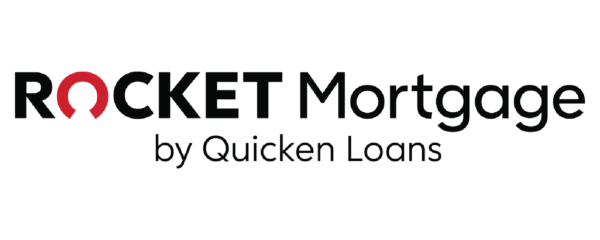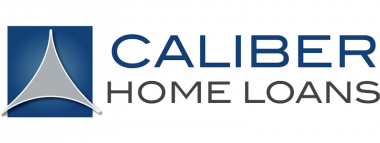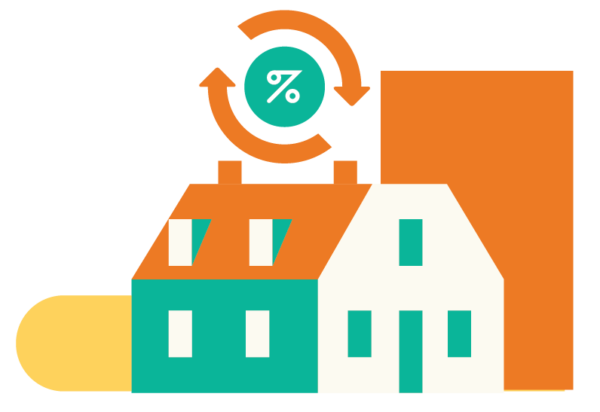Our goal is to give you the tools and confidence you need to improve your finances. Although we receive compensation from our partner lenders, whom we will always identify, all opinions are our own. Credible Operations, Inc. NMLS # 1681276, is referred to here as "Credible."
Depending on your current financial situation, you might want to refinance the mortgage loan you took out when you purchased your home. Perhaps the interest rate is too high, or the loan is locking up equity you could use to cover a major expense. Refinancing into a new loan may be a solution, and it’s not difficult to do.
- 9 steps to refinance your mortgage
- How can mortgage refinancing benefit you?
- Mortgage refinance terms and definitions
- FAQ
9 steps to refinance your mortgage
Once you’ve decided to refinance, it’s time to start working on selecting and applying for a loan. Here’s how to do it:
- Decide which kind of refinance loan best suits your needs. Depending on your financial situation, a streamline refinance might be the best fit to refinance your FHA loan, or you might consider a cash-out refinance if you have a conventional loan.
- Make sure your finances are in order. Request a free copy of your credit report from AnnualCreditReport.com to check for errors that could affect your credit score and prevent you from being approved. Gather your income documentation, such as W-2s, recent pay stubs, tax returns, and investment statements, and compare your monthly income to payments on outstanding debts. Borrower requirements vary by loan type and lender, but it’s best to have a debt-to-income ratio of 45% or less.
- Estimate how much equity you have in your home. Check real estate listing sites for recently closed sales of homes similar to yours to get a rough idea of your home’s value. Divide your current mortgage balance by the estimated value amount to estimate your loan-to-value ratio and equity. An LTV of 60%, for example, means you have 40% equity. Some loan types require at least 20% equity (80% LTV).
- Shop around to compare lenders’ mortgage rates and fees. It’s easiest to do your research online, using the information you’ve gathered about your credit, income, and estimated LTV to fill out requests for rate quotes.
- Submit your application. Once you’ve found the mortgage lender with the best combination of rates, fees, and loan features for you, submit your application along with any documentation requested by the lender.
- Review the loan estimate provided by the lender. Confirm that the loan amount, rate, and term are acceptable to you and that you can afford to make the mortgage payments. Also make note of the closing costs and the amount, if any, you’ll need to pay in cash at closing. You can lock in your rate at this point. If you don’t, your rate can change before closing.
- Prepare for the appraisal if your lender orders one. Some refinance loans require an appraisal to confirm the market value of the home. If that’s the case with yours, the lender will order one.
- Prepare for closing. Promptly respond to any requests your lender makes for documentation or information, and follow instructions to prepare for closing.
- Begin making payments per the lender’s requirements. Mortgage loans are typically paid in arrears, so your first payment probably won’t be due until after the first full month following the month you close.
Check Out: Mortgage Refinance Calculator
How can mortgage refinancing benefit you?
Mortgage refinancing replaces your current mortgage with a new loan. Depending on your financial needs, you might take out a new mortgage or just enough to pay off your existing loan and cover lender fees — or, equity permitting, borrow enough to pay off your current loan and fees, plus draw cash against your equity.
A refinance loan can benefit you in many ways, but there are drawbacks to consider.
Reduce your interest rate
If your new loan has a lower rate than your current one, refinancing can save you money on interest over time. However, keep in mind that loan fees may offset that savings.
Lower your payment
Refinancing into a new loan with a longer term than you have now could lower your monthly payments by stretching out the repayment period. Just remember that you’ll also pay interest for a longer period, and those extra interest payments may outweigh your savings.
Shorten your loan term
By refinancing from a loan with a longer term to one with a shorter term — from a 30-year mortgage to a 15-year loan, for example — you’ll pay it off faster. That can save you a lot of interest as long as the new rate is low enough to justify the loan fees.
Switch to a fixed or adjustable rate
You can save money by refinancing from an adjustable-rate mortgage to a fixed-rate loan when interest rates are on the rise, or switch from a fixed to an adjustable rate when interest rates are falling.
Get a lump-sum payment
With a cash-out refinance, you can borrow more than you need to repay your current loan and use the leftover cash in almost any way you want, such as a major home repair or remodel.
Eliminate mortgage insurance
Lenders charge mortgage insurance when a homebuyer takes out an FHA or USDA loan in any amount or a conventional loan for more than 80% of the home’s value.
If your home’s value has risen since you financed it, you might have more equity than you realize. Refinancing into a new conventional loan with a loan-to-value (LTV) ratio of less than 80% makes mortgage insurance unnecessary.
Here’s a side-by-side comparison of the pros and cons of mortgage refinancing:
| Benefits of refinancing | Drawbacks of refinancing |
|---|---|
|
|
Related: Learn more about refinancing your mortgage on Credible.com
| Best for | Highlights | ||
|---|---|---|---|
 | Cash-out mortgage refinancing | Use website to apply and qualify, import financial information, and track loan status | Get Rates |
|
|||
 | FHA mortgage refinance | Credit scores from 580 for fixed-rate FHA loans; multiple property types | Get Rates |
|
|||
 | VA mortgage refinance | Trained VA loan consultants on staff, get loan quotes online or over the phone | Get Rates |
|
|||
Mortgage refinance terms and definitions
Here are a few terms to know as you navigate refinancing your mortgage.
| Type of refinance | Definition | Good option if you… |
|---|---|---|
| Rate-and-term refinance | A refinance loan that changes the rate and/or term of your current mortgage loan | Want to reduce your payments by extending your term and/or reducing your interest rate |
| Cash-out refinance | A mortgage loan that’s larger than your current loan. You get the difference as a lump sum. | Have significant equity in your home and want to both refinance your mortgage and finance an expense |
| Cash-in refinance | A refinance loan in which you bring cash to closing to reduce the principal amount of the new refinance loan | Want to refinance into a mortgage loan with a lower principal than you have outstanding on your current loan |
| Interest rate reduction refinance loan (IRRRL) | A loan from the Department of Veterans Affairs (VA) that refinances an existing VA loan into one with a lower rate | Want a streamlined process for refinancing your VA loan into one with a lower interest rate |
| Streamline refinance | A loan to refinance an FHA or USDA mortgage loan via an expedited process with reduced documentation and credit review requirements | Want a no-fuss way to refinance your mortgage |
Read More: Loan Modification vs. Refinance: How to Decide
FAQ
What credit score is needed to refinance your mortgage?
To refinance a conventional mortgage, you’ll typically need a score of at least 620. However, credit score requirements can vary by lender and the type of mortgage you’re refinancing. If you’re looking to get the lowest rate, most lenders prefer a credit score of around 740 or higher in order to be eligible.
Is it a good idea to refinance your home?
It depends on your situation. It’s generally a good idea to refinance if you’re looking to lower your interest rate or get a longer-term loan.
How long do you need to have a mortgage to refinance?
This varies by lender and the type of refinance loan you’re taking out. Conventional loans don’t have a required waiting period, but you may have to pay a penalty for paying off your loan early. To do a rate-and-term refinance on an FHA loan, you must wait a minimum of 210 days from your original mortgage loan’s closing date.
Jamie Young has contributed to the reporting of this article.




